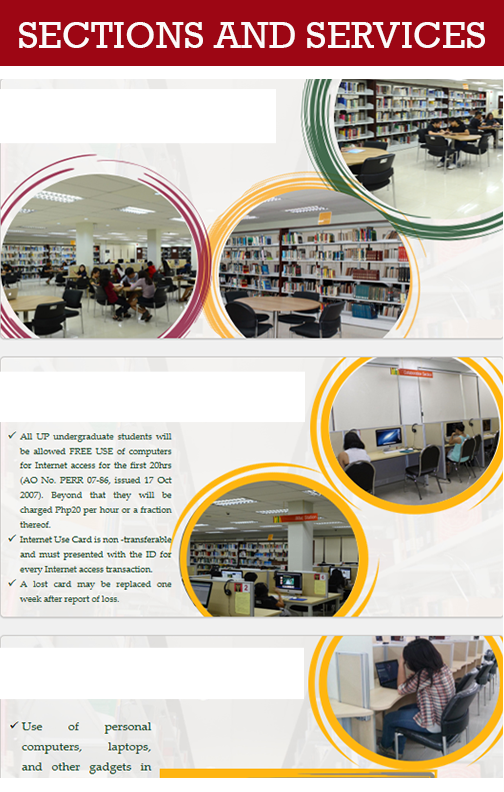Full Story : UP continues upward trend in world rankings; joins top 5 from Southeast Asia
The University of the Philippines moved up once again in the Times Higher Education (THE) World University Rankings. Securing a place in the 501-600 bracket, it joined universities from Singapore and Malaysia in the top 5 from Southeast Asia.
UP has consistently made progress in the rankings since its entry in 2017. Before breaking into the top 600 for 2019, it climbed to 601-800 in 2018 from its inaugural 801-1,000 position. The continued rise in the rankings is an indication of the national university’s hard work and commitment to excellence in teaching, research and public service.
THE world rankings are based on the achievements of research-intensive universities across various core missions. Performance is gauged using thirteen metrics in five main areas: teaching (30 percent), research (30 percent), citations (30 percent), international outlook (7.5 percent) and industry income (2.5 percent).
An impressive score in citations–up by 30 points from last year–drove UP’s movement in the 2019 rankings. The high score means that in the past years, UP did not only become more productive but it also produced research that stood out and influenced the work of other scholars around the world. Close to 14 million scholarly publications including 25,000 academic journals indexed by Scopus between 2013 and 2017 were examined by analytics company Elsevier to help THE compare the research influence of institutions.
This was not the first time that citations played a big role in UP’s ranking. In 2018, UP leaped several places in the Asia University Rankings as its citation score went up from 13.5 to 40.
For 2019, UP also received higher scores in the areas of teaching, with academic prestige as a large component, industry income which gauged a university’s ability to help industry with innovation, inventions and consultancy, and research composed of research reputation, income and productivity. International outlook, or global connections as measured by the number of international staff, students and collaborations, went down by a few points.


